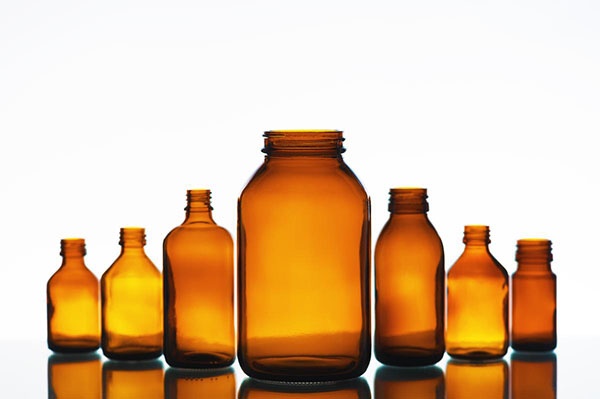As you are designing your new pharmaceutical building or extension, we are sure you will be paying close attention to the methodology for blending and your chosen system.
If you are not looking at using the Matcon IBC blender then you are probably looking at purchasing a number of different sizes to suit the variety of batch volumes you have across your portfolio, whether these be IBC blenders, V blenders or fixed body mixers.
Careful consideration should be paid to this as you need to be sure to cover all the eventualities of batch size. How are you accommodating your smallest batch and your largest batch?
If you aren’t careful you could end up needing to buy 3 or 4 blenders, each of which will need its own space. Failing to get this balance between the size and number of blenders right could mean increased quality control checks (and cost), multiple batches are produced of the same product each requiring their own approval.
Selecting the right materials handling system
An effective IBC system could mean that you don’t need such a high number of mixers to achieve the same batch flexibility, with the right blender you can increase flexibility as well as potentially increasing throughput of your blending process.
What if you could use a single piece of blending equipment for any batch? All you need to do is select the appropriate blending vessel volume, a Matcon Cone Valve IBC.
With a Matcon IBC and Blending system it is possible to have one blender that can accommodate multiple different sizes of IBC. The IBC is the blending vessel and because the blender clamps the IBC at the top and base, and all the IBCs have the same footprint, it is possible to use one Blender to mix a range of IBC sizes, from 200 litres to 3500 litres in volume on the same piece of equipment - increasing flexibility. By installing a number of Matcon IBC blenders you can reduce the need to wait for your blender to become free to make identical batch sizes in parallel.
.webp?width=300&height=207&name=Matcon_IBC_Blender_Highshear%20(2).webp) This means that it is possible to cut down on the number of rooms that need to be built, thereby reducing not only the capex but also the running costs.
This means that it is possible to cut down on the number of rooms that need to be built, thereby reducing not only the capex but also the running costs.
Also, what are your material characteristics? Not all IBC systems will be suitable, for example, butterfly valve IBCs are not ideal for handling sticky powders. Please also read our previous blog Quality Issues of Segregation and the Pharmaceutical Equipment to Use to find out which IBC is most suited to your ingredients.
Before you commit to buying your IBC system it is worth evaluating the alternatives. Do not just look at which is the cheapest, consider the full cost of the system. As we mentioned earlier, you could be able to purchase just the one blender.
We have compiled a list of questions to ask potential suppliers of IBC systems – we hope you find it useful.
Posted by
Matt Baumber

